TED: Bran Ferren: To create for the ages, let's combine art and engineering - Bran Ferren (2014)
by: TEDTalks (video), 2014-03-25 14:48:35 UTC
When Bran Ferren was just 9, his parents took him to see the Pantheon in Rome — and it changed everything. In that moment, he began to understand how the tools of science and engineering become more powerful when combined with art, with design and beauty. Ever since, he's been searching for a convincing modern-day equivalent to Rome's masterpiece. Stay tuned to the end of the talk for his unexpected suggestion.
 Copenhagen Solutions at Center for Architecture
Copenhagen Solutions at Center for Architecture
by: Sustainable Design News, 2014-03-11 00:13:14 UTC

Copenhagen Solutions, a presentation at the Center for Architecture on March 13, will showcase how the Danish cleantech sector together with the City of Copenhagen is creating what will become the first CO2 neutral capital in the world.
 Bios Urn uses your ashes to grow a tree
Bios Urn uses your ashes to grow a tree
by: TreeHugger Design, 2014-03-31 16:06:15 UTC

This biodegradable urn could transform cemeteries into forests.
Recycled Stones by Ghigos Ideas
by: mocoloco, 2014-03-25 15:36:13 UTC

 Are We Moving from Green Cleaning Chemicals to None At All?
Are We Moving from Green Cleaning Chemicals to None At All?
by: Environmental Leader, 2014-03-27 17:01:21 UTC

As a leading advocate for safer and healthier cleaning chemicals for more than 25 years, the next direction I am advocating in certain cleaning situations might come as a bit of a surprise: from the use of healthier cleaning chemicals to using no cleaning chemicals at all. The professional cleaning industry has changed dramatically in […]
 Benefits of a home made using eco-friendly materials
Benefits of a home made using eco-friendly materials
by: Ecofriend, 2014-03-22 08:12:36 UTC
Because of the growing pollution, green homes are more preferred nowadays. Not only are they energy efficient, but also environment friendly. A green home is good for you, your environment and as an investment. This article is all about the advantages of green homes.

1. Save Expenses:
Since a green home is made out of pre measured and pre fabricated parts, it will have a dual advantage – it will be easy to construct and will save your expenses of labor and assembly.
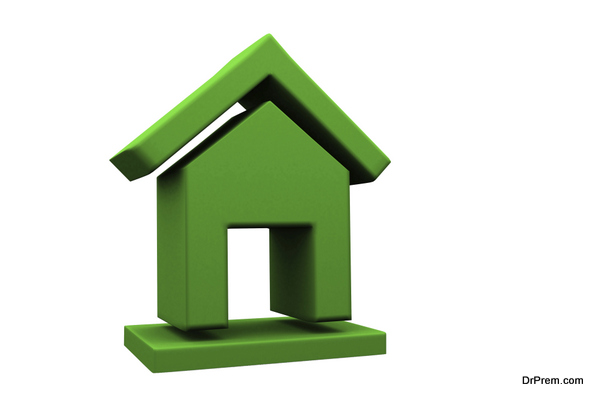
2. Avoiding Waste build up:
With the green home, you can eliminate the construction waste by almost 80 percent. It is because the green home construction is done by bringing the raw material to the site of construction and cutting it as required. The green construction follows the motto of “measure twice and cut once”.

3. Energy Efficient:
The green construction is focused on a home design that facilitates maximum use of energy, giving sufficient warmth in winter and ample shade in summer. Such a home is cheap to heat in winter and can be easily cooled in summer.
This greatly helps in reducing your electricity consumption and your bills. The insulation can be greatly increased by using precisely cut fabricated raw material. The photovoltaic cells that are currently used in green homes considerably reduce the utility bills and help you save more.
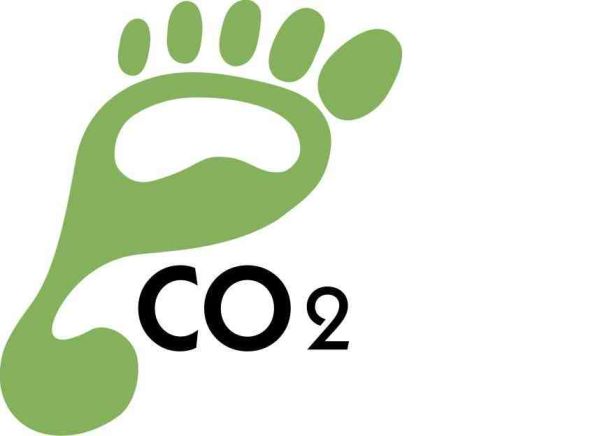
![]()
![]()
![]() 4. Materials used in a green home:
4. Materials used in a green home:
You can find a number of materials that could be used in making a green house right from the construction to the final decoration.
A. Organic Sheets: These are made from organic cotton, i.e. cotton that is cultivated without the use of pesticides, harmful chemicals or dyes. There are sheets and curtains made from recycled materials and are free of toxic and cancerous materials.
B. Phosphate free Laundry Wash: This made from organic plants and other organic materials. It is biodegradable.
Factors like energy conservation through the use energy efficient appliances, energy efficient cooling, heating and lighting systems, water conservation system and use of naturally renewable resources and materials should be given priority while constructing the green home.
Summary:
With the growing awareness of the global hazards caused by environmental deterioration, the demand of green homes is increasing. By making this small effort to go green, we can contribute towards the betterment of our environment the fruits of which will be enjoyed by our future generations.
Benefits of a home made using eco-friendly materials
Hospital door handle sanitises users' hands and measures cleanliness of staff
by: Dezeen, 2014-03-28 10:00:43 UTC
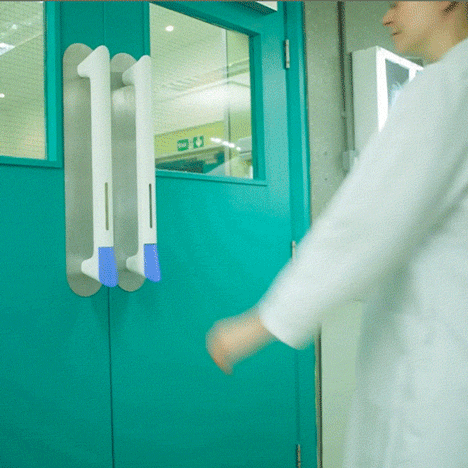
A new type of hospital door handle by British studio Agency of Design transforms a hotbed for germs into a sanitising device, with a sensor that monitors how often it is used. (more...)
 Waste-cooking solar toilet unveiled in India
Waste-cooking solar toilet unveiled in India
by: Gizmag Emerging Technology Magazine, 2014-03-25 19:37:38 UTC

A toilet project that addresses environmental and health concerns was unveiled in Delhi, India this month. Around 2.5 billion people in the world lack proper sanitation, and it’s with those people in mind that a team at the University of Colorado Boulder has designed a self-contained, solar-powered, waterless toilet. It was made possible with a grant from the Bill & Melinda Gates Foundation.
..
Continue Reading
Waste-cooking solar toilet unveiled in India
Section: Good Thinking
Tags: Bill & Melinda Gates Foundation,
Sewage,
Solar Power,
Toilet,
University of Colorado,
Waste
Related Articles:
 Shigeru Ban wins Pritzker Prize, architecture's top award
Shigeru Ban wins Pritzker Prize, architecture's top award
by: TreeHugger Design, 2014-03-24 21:04:17 UTC

Sustainable and humanitarian design takes the big prize.
Redesigned Consumer Packaging Disappears To Eliminate Waste
by: design milk, 2014-03-21 16:00:46 UTC

For his masters thesis, recent Pratt Institute graduate Aaron Mickelson redesigned mainstream consumer packaging to eliminate waste. How? By creating a package that completely disappears by the time the product is finished. The Disappearing Project presents 5 different solutions in a hope to spark conversation and change.

Glad Bags: The package is made up of the last bag in the package itself, leaving no extra trash when it gets used. All the product information and logo are printed using traditional oil-based inks on the package in case you need a reminder of what you purchased.



Tide Pods: Instead of its traditional plastic bag packaging, a sheet of laundry pods will be stitched together, printed using soap-soluble ink. The individual pod packing for each pod is also water-soluble and dissolves in the wash.



OXO Pop Containers: OXO containers have a shiny, logo-ed paper inside the container. Instead of the normal printing methods, the instructions are printed directly onto the container using soap-soluble ink. Then, the label breaks down easily once the consumer washes it for the first time.



Nivea Bar Soap: A simple but effective solution—use a septic-safe, water-soluble paper to wrap the soap. The user will take the whole package into the shower with them, leaving the wrapper to dissolve.


Twining Tea Bags: As of now, tea packaging is lined with wax, preventing it from being composted. Mickelson’s solution is to glue together the sachets into a folded up, self-standing brick. While there still results in some packaging waste (as will likely always be the case with food packaging) but it has been diminished. However, when the product is gone, so is the packaging—which is the running theme for all of these new solutions.








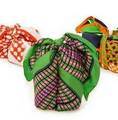

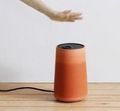

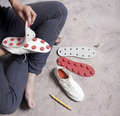

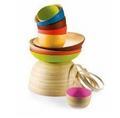
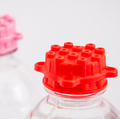
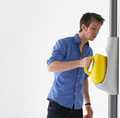

Comments by our Users
Be the first to write a comment for this item.